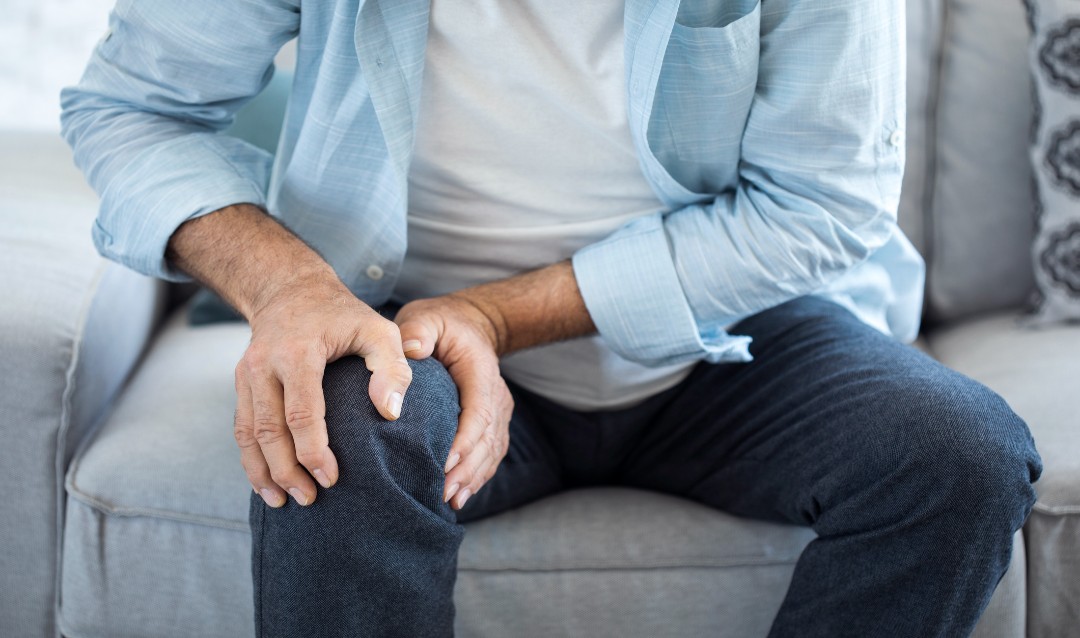Nearly 70% of adults over the age of 65 are affected by osteoarthritis, a degenerative joint disease marked by pain and reduced joint function. Early intervention is key to maintaining mobility and improving quality of life, says Lesley Chow, associate professor of bioengineering and materials science and engineering. But currently, early stage interventions are not effective at regenerating cartilage and delaying or preventing the need for joint replacements.
By taking a biomaterials-based approach, Chow hopes to change this.
Chow and Dr. Gregory Carolan at St. Luke’s University Health Network (SLUHN) have received a National Institutes of Health (NIH) grant to engineer biomaterials that promote cartilage tissue regeneration to prevent the onset of osteoarthritis.
Building on previous research, Chow’s work involves a mix of 3D printing and biomaterials design to develop scaffolds for tissue repair. With this work, the researchers aim to make a scaffold that’s simple enough to implant using tools and procedures that are currently used by orthopedic surgeons.
Cartilage cannot regenerate on its own, explains Chow, and medical intervention is necessary to mimic the same properties as native tissue.
The scaffolds will be designed with specialized chemistries that enable the spatial and temporal delivery of bioactive peptides designed to mimic growth factors, or proteins that stimulate cell behavior. The team hopes that these scaffolds will promote cartilage regeneration to restore joint function.
“This project takes advantage of click chemistry, which allows us to attach bioactive molecules to our scaffolds at different times and in specific locations in the presence of cells. We can therefore simulate dynamic changes that the cells would have experienced during development to direct native-like cartilage formation,” explains Chow, noting that chemists Carolyn Bertozzi, Morten Meldal, and K. Barry Sharpless were awarded the 2022 Nobel Prize in Chemistry for developing click chemistry and bioorthogonal chemistry. “We are very thankful to these pioneers who paved the way for us to design new and exciting biomaterials.”
Partners in the project include Dr. Gregory Carolan, section chief of orthopedic sports medicine and shoulder surgery at SLUHN, Félix Gerardo Ortega Oviedo, Ph.D. student in the Chow Lab, and student Fenet Demissie ’24.
“Effective treatment options for articular cartilage injuries have been a major topic of research and innovation in orthopedic surgery for decades. Despite this focus, the treatment options currently available are unable to reproduce the pre-injury state of the damaged articular cartilage and as such, surgeons are not able to provide our patients with the outcomes that they wish to achieve,” says Carolan. “This project uses a novel approach of 3D printing technology to manage these challenging injuries.”
Impacting Medicine Through Community Partnership
The partnership with SLUHN and Carolan’s surgical perspective is instrumental, says Chow.
Chow credits the late Dr. William De Long from SLUHN for building the relationship between both institutions.
“This work, and the continued partnership with Dr. Carolan and St. Luke’s, is largely due to Bill and his commitment to advancing medicine and impacting our community,” says Chow. “We would not have gotten to this point in our research without his involvement, encouragement and support.”
The research team hopes this development will lead to breakthroughs in early-stage interventions, improving the quality of life early on for those affected by osteoarthritis.
“This project has the potential to completely change how we address and treat these debilitating injuries and may finally provide surgeons the ability to truly ‘repair’ articular cartilage,” Carolan says. “This would be a major advancement in patient care and would be applicable to millions of patients with these injuries in the United States of America alone.”





